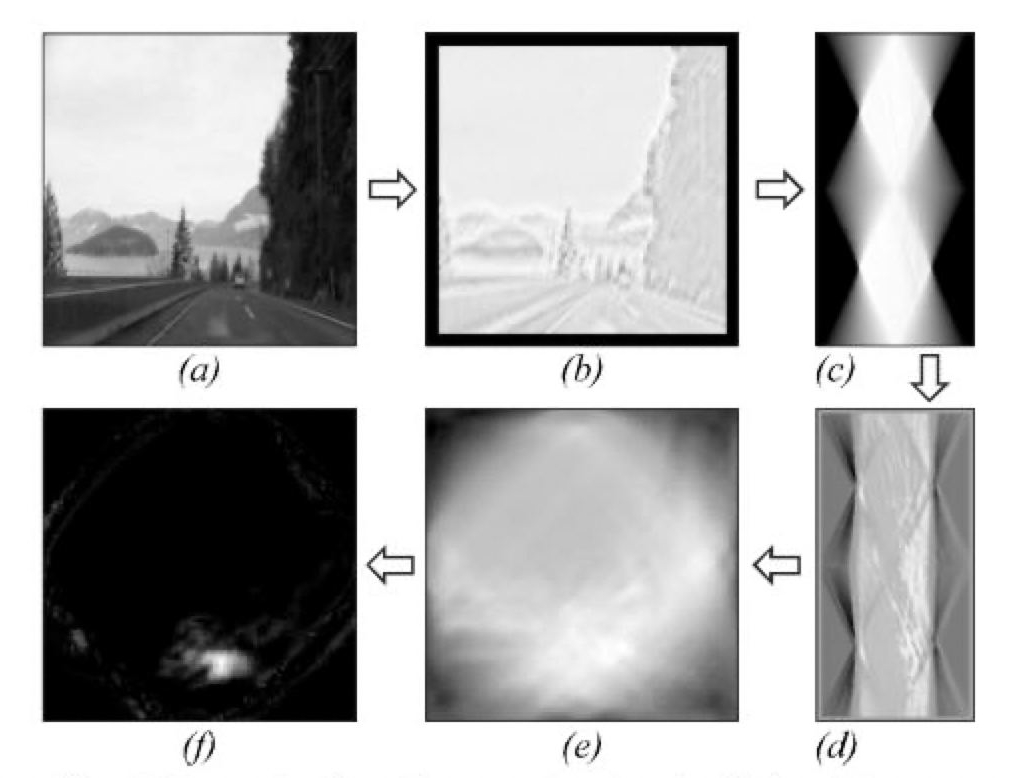03.05.2023 г.
Smart Engines secures US patent for an innovative method of visual AI
Smart Engines researchers have been awarded a US patent for a proprietary development. The invention significantly improves the performance of neural network architectures used for image recognition.
The authors of the invention are Alexander Sheshkus, Senior Researcher-Programmer at Smart Engines; Vladimir Arlazarov, PhD in Computer Science, CEO of Smart Engines; Dmitry Nikolaev, CTO of Smart Engines, PhD in Physics and Mathematics; and Vladimir Lvovich Arlazarov, Professor, Doctor of Computer Science, who was also one of the developers of the chess programme Kaissa, winner of the first World Computer Championship.
Patent US 11,636,608 B2 is dated 25 April 2023.

The authors of the invention proposed a new neural network architecture that combines the blocks used in modern neural networks with a classic tool for analysing real-world images – the Hough Transform. The inventors expect the proposed architecture to open a new chapter in the success story of neural network technology in computer vision. The first studies on Hough neural networks, already published in scientific journals, fully support this idea. The patented solution is already being used in Smart Engines’ software products for autonomous scanning of passports, ID cards and other documents.
‘Neural networks are great at extracting information from examples, but it is virtually impossible to train them on the immutable laws of physics or mathematics. Recent ChatGPT network exercises in arithmetic are illustrative. When multiplying large numbers, it correctly places the first and last digits of the result and even guesses its length, but puts the middle digits out of the blue. This is a strange result, because the correct solution requires a billion times fewer resources than the neural network has at its disposal. This begs the question: is it even possible to study mathematics by example? Immanuel Kant believed that human cognition is based on a priori forms that are independent of experience. We believe that we have succeeded in building into a neural network an additional a priori geometric representation that underlies the laws of perspective. This allows it to build solutions to computer vision problems, such as determining the orientation of objects in space or determining one’s own position’, said Vladimir Lvovich Arlazarov, Smart Engines’ scientific director, Professor, Doctor of Computer Science.
‘The most common use of the Hough transform is to find and highlight straight lines. They play a crucial role in image processing and analysis: roads, houses, document borders, lines, X-rays forming a tomogram and more. However, these sections aren’t usually perfectly straight, are often noisy or only partially visible, and are of varying lengths. The very problems that make Hough image analysis difficult are now perfectly handled by neural networks, and what’s more, there are systematic methods for solving such problems’, said Alexander Sheshkus, Senior Researcher-Programmer at Smart Engines.
‘The vast majority of vision problems are now solved using neural networks, whose development has not been economical for many years. At the same time, vision tasks are characterised by large amounts of input data, even in trivial applications. As a result, the problem of reducing computational costs is extremely acute. The proposed architecture using the Hough Transform provides competitive quality with a much smaller number of teachable parameters and the need for less computing power’, said Smart Engines CTO, Dmitry Nikolaev, PhD in Physics and Mathematics.
‘Scientific research is a strategic investment for our company. We are seriously investing in science and developing the scientific direction of our company, not only to produce products for today’s needs, but also to solve problems that have not yet arisen. And to be ready for the challenges of tomorrow’, said Vladimir Arlazarov, CEO of Smart Engines, PhD in Computer Science.
This is the third patent Smart Engines has filed in the US. In February 2023, Smart Engines scientists secured a US patent for a system that efficiently locates and identifies documents in images. In total, Smart Engines has received 11 patents and created 26 useful models.
Other news
28.06.2024Smart Engines scientists accelerated payment QR code recognition to 42 milliseconds
24.06.2024AI Company Smart Engines Continues Restoration of Fire-Damaged Forest Ecosystems
26.04.2024Smart Engines scientists have found a way to improve the efficiency of neural networks by 40%
More news »